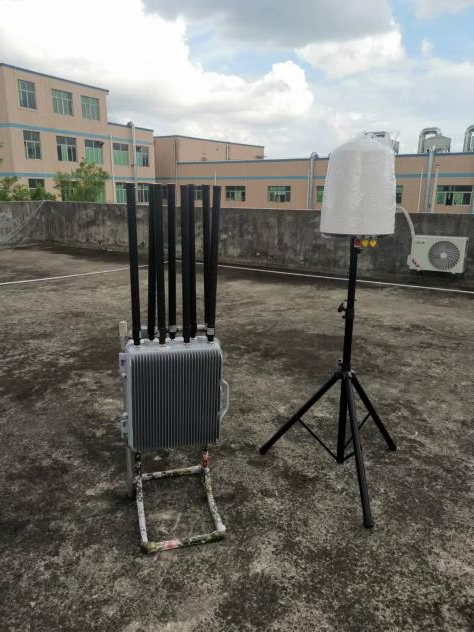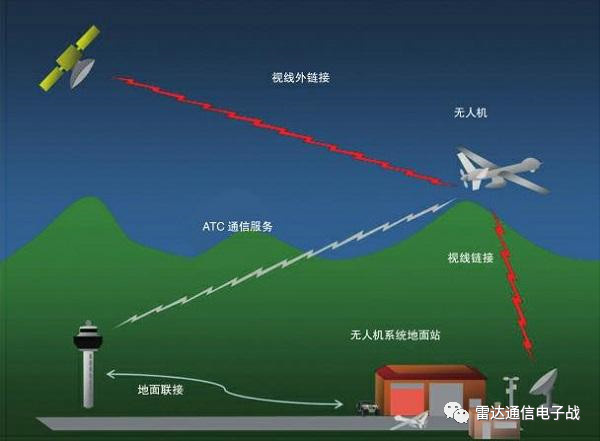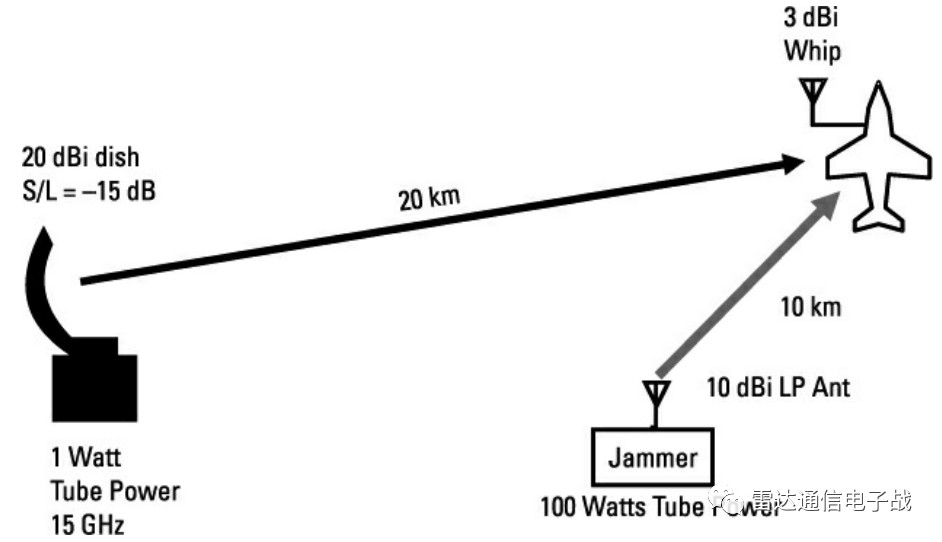
- English
- Español
- Português
- русский
- Français
- 日本語
- Deutsch
- tiếng Việt
- Italiano
- Nederlands
- ภาษาไทย
- Polski
- 한국어
- Svenska
- magyar
- Malay
- বাংলা ভাষার
- Dansk
- Suomi
- हिन्दी
- Pilipino
- Türkçe
- Gaeilge
- العربية
- Indonesia
- Norsk
- تمل
- český
- ελληνικά
- український
- Javanese
- فارسی
- தமிழ்
- తెలుగు
- नेपाली
- Burmese
- български
- ລາວ
- Latine
- Қазақша
- Euskal
- Azərbaycan
- Slovenský jazyk
- Македонски
- Lietuvos
- Eesti Keel
- Română
- Slovenski
- मराठी
- Srpski језик
How to interfere drone link ?
2023-07-19
Link system is an important part of UAVS, its main task is to establish an air-ground bidirectional data transmission channel, which is used to complete the remote control, telemetry and mission information transmission of UAVs by ground control station. Remote control realizes remote operation of drones and mission equipment, and telemetry realizes status monitoring of drones.
The mission information transmission transmits the video, image and other information obtained by the airborne mission sensor to the measurement and control station through the downlink wireless channel, which is the key to the completion of the task of the UAV, and the quality is directly related to the ability of finding and identifying the target.


Uav link system composition
The airborne portion of the UAV link includes the Airborne Data Terminal (ADT) and the antenna. Airborne data terminals include an RF receiver, transmitter, and modem for connecting the receiver and transmitter to the rest of the system. Some airborne data terminals also provide processors for compressing data to meet the bandwidth limitations of the downlink. The antenna is an omnidirectional antenna, and sometimes a directional antenna with gain is required.
The ground portion of the link is also called the ground Data Terminal (GDT). The terminal includes one or more antennas, an RF receiver and transmitter, and a modem. If the sensor data is compressed before transmission, the ground data terminal also needs to use a processor to reconstruct the data. The ground data terminal can be divided into several parts, which generally include a local data connection connecting the ground antenna and the ground control station, and several processors and interfaces in the ground control station.
For long-endurance UAVs, in order to overcome the influence of factors such as terrain blocking, earth curvature and atmospheric absorption, and extend the action distance of links, relay is a common way. When the relay communication is adopted, the relay platform and the corresponding forwarding equipment are also one of the components of the UAV link system. The operating distance between the drone and the ground station is determined by the radio line-of-sight.

Uav link channel frequency band
In the process of UAV ground-to-air data transmission, wireless signals will be affected by factors such as terrain, ground objects and atmosphere, resulting in the reflection, scattering and diffraction of radio waves, forming multi-path propagation, and the channel will be interfered by various noises, resulting in the decline of data transmission quality.
In measurement and control communication, the impact of wireless transmission channels varies with the different operating frequency bands, so it is necessary to understand the main frequency bands used by UAV measurement and control. The carrier frequency range of UAVs measurement and control link is very wide. Low-band equipment has a lower cost and can accommodate a limited number of channels and data transmission rate, while high-band equipment has a higher cost and can accommodate a larger number of channels and a higher data transmission rate.

The main frequency band for the application of UAV link is microwave (300MHz~3000GHz), because the microwave link has a higher available bandwidth, can transmit video pictures, and the high bandwidth and high gain antenna used by it has good anti-interference performance. Different microwave bands are suitable for different link types.
Generally speaking, VHF, UHF, L and S bands are more suitable for low-cost short-range UAV line-of-sight links; The X and Ku bands are suitable for line-of-sight links and air relay links of medium and long range UAVs; The Ku and Ka bands are suitable for medium - and long-range satellite relay links.
If interference to unmanned aerial vehicle (UAV) links is considered, the jamming object needs to be considered. The drone has a control link from the control station to the drone, also called an uplink; It also has a data link from the drone to the control station, also known as a downlink.
Interference to the control link
The control link is an uplink, so the jamming target of the jammer is the UAV. The jamming scenario is shown in the figure below, and some general parameter assumptions are given: the butterfly antenna gain of the control station is 20dBi, the sidlobe isolation is 15dB, and the transmitter power is 1W. The UAV is 20km away from the ground station, and the UAV's whip antenna gain is 3dBi.

